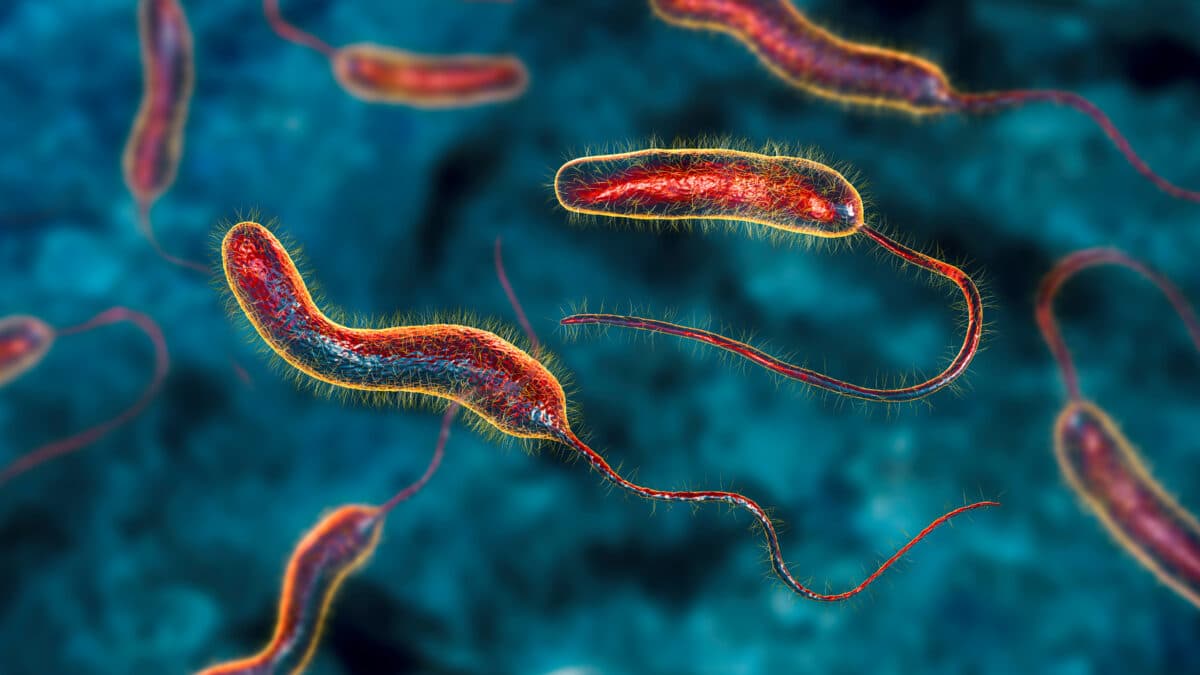Fact-Free Blogging About Teaching Evolution
How hard is it to understand what we’re not teaching intelligent design means? It means exactly that. Yet for some strange reason there are Darwinist bloggers who insist on passing on false information. Over at The Stir, Julie Marsh uses Stephen Hawking’s recent assertions that the natural laws of physics preclude any intelligent designer as a springboard to jump on the Texas State Board of Education for teaching intelligent design. News flash: they aren’t teaching intelligent design, and no board members have proposed such a thing. Even the Darwin loving Dallas Morning News has clearly reported the Texas State Board of Education’s position against teaching intelligent design. “Should “intelligent design” – the cousin of creationism – be taught in science Read More ›








































